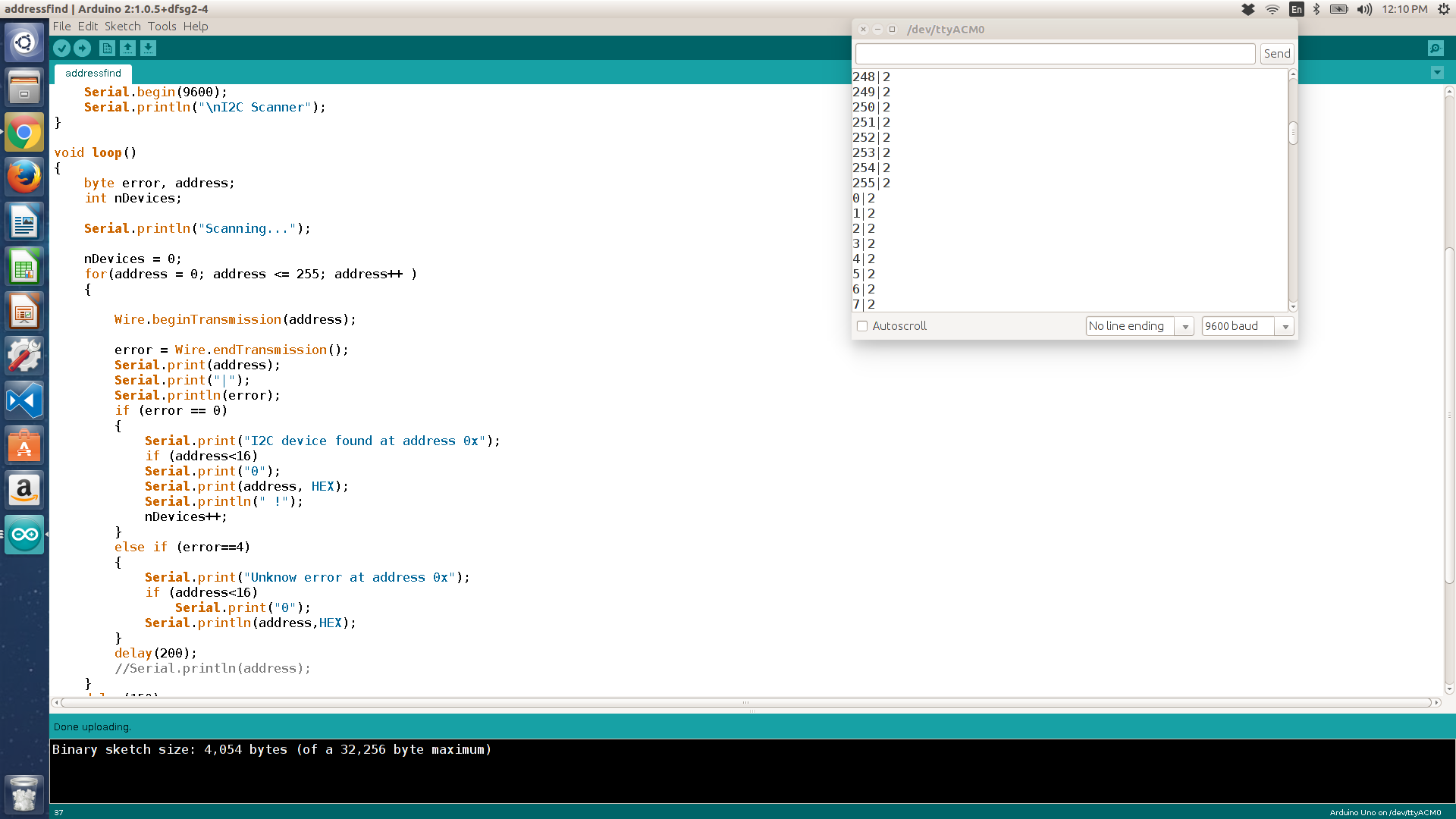


- #SERIAL PRINT ARDUINO BLOCKING HOW TO#
- #SERIAL PRINT ARDUINO BLOCKING SERIAL#
- #SERIAL PRINT ARDUINO BLOCKING FULL#
Prints data to the serial port as human-readable ASCII text. Learn Serial.print() example code, reference, definition.
#SERIAL PRINT ARDUINO BLOCKING HOW TO#
If interrupts are turned off this will never happen, thus you do not do Serial prints inside an Interrupt Service Routine. How to use Serial.print() Function with Arduino.

In the case of sending if the buffer fills up the code "blocks" waiting for an interrupt to send the next byte out the serial port. You can see from the #if (RAMEND < 1000) check that the processors with 1000+ bytes of RAM get the 64-byte buffer, the ones will less RAM get the 16-byte buffer.ĭata that you write is placed in a same-sized buffer (16 or 64 bytes). This article will cover all the tips and tricks in one place about printing the data to the serial terminal. Each call to CheckSerialData () would read whatever serial data is available, and accumulate it in a buffer. On a standard Arduino, this function waits while the data is transmitted. An alternative approach would be to avoid using NumberOfIncomingBytes at all. All you really have to do is move the data from the HardwareSerial buffer to your own, if you don't want to process it right now. 0 Comments In this tutorial, I will show you how to use Arduino Serial Monitor effectively to print data in a helpful and time-saving way. println() prints it with a newline character. On a 16 MHz processor you should be able to check the buffer often enough that it doesn't fill up. This is my arduino code that prints out the gyro data. However with a 64-byte buffer, and receiving data at (say) 9600 baud, you get one byte every 1.04 ms, and thus it takes 66.6 ms to fill up the buffer. I am trying to read arduino produced gyro data into simulink but am having major troubles doing so. format: specifies the number base (for integral data types) or number of decimal places (for floating point types). val: the value to print.Allowed data types: any data type. There is no software or hardware flow control, unless you implement your own. Serial: serial port object.See the list of available serial ports for each board on the Serial main page. I get the impression that if I transmit data to the Arduino and don't have an active "puller" of data on the Arduino side then if more data arrives than can fit in the buffer, it will be discarded. and so we don't write the character or advance the head. current location of the tail), we're about to overflow the buffer just before the tail (meaning that the head would advance to the Because of the datatype, char, the Serial.print function chooses to output this value, by the serial monitor translated to the letter 1. if we should be storing the received character into the location Please tell me if I'm wrong: Because of the quotes, '1', the compiler loads the value 0x49 (1 in ASCII). Int i = (unsigned int)(buffer->head + 1) % SERIAL_BUFFER_SIZE
#SERIAL PRINT ARDUINO BLOCKING FULL#
You can see from the source of HardwareSerial that if an incoming byte finds the ring buffer full it is discarded: inline void store_char(unsigned char c, ring_buffer *buffer)


 0 kommentar(er)
0 kommentar(er)
